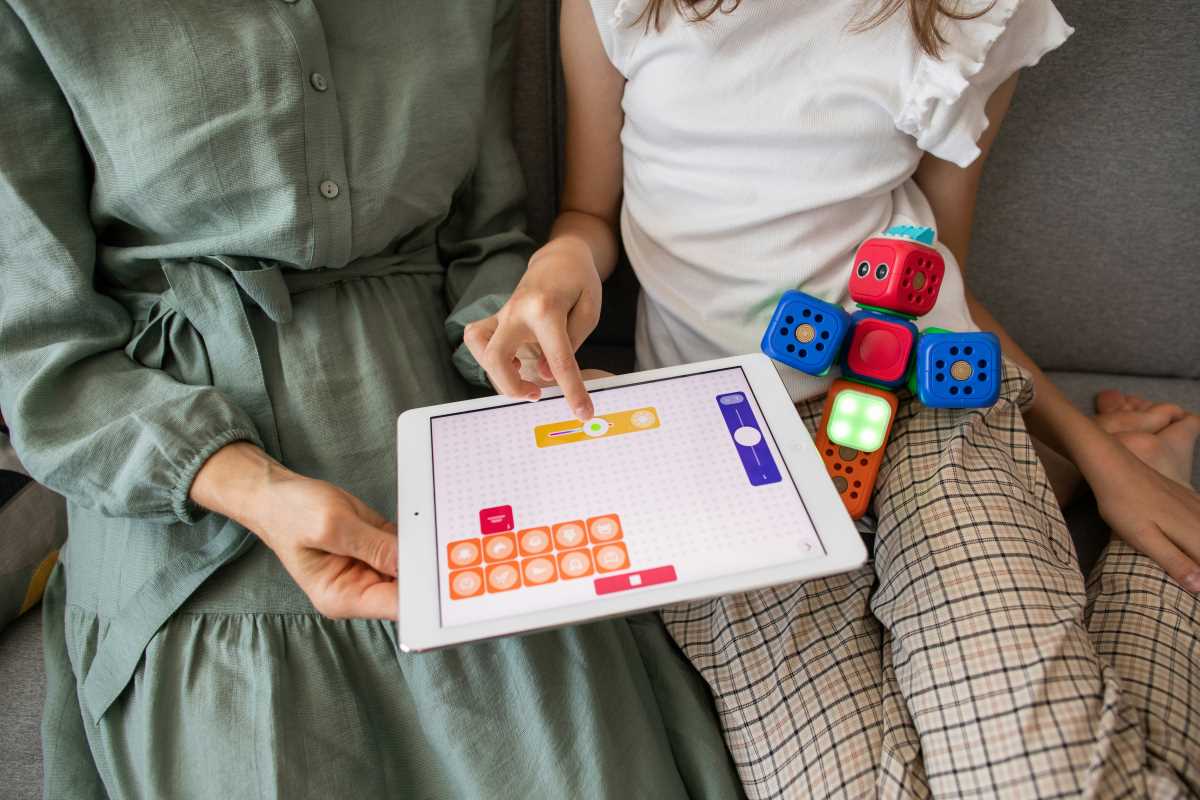Today’s kids are growing up in a world surrounded by technology, and while screen time can sometimes seal them off, it can also open doors to creative and engaging learning. Educational apps that incorporate game-like elements are excellent tools to spark curiosity, encourage problem-solving, and make learning fun. Whether it’s mastering math, improving reading skills, or exploring science, gamified apps captivate young minds and turn education into an adventure. Here’s a closer look at the benefits of these apps, popular options, and how parents can choose the best ones for their children.
Why Gamified Learning Works
Learning through play is a concept backed by research—and for good reason. Gamified learning combines the allure of video games with lessons and challenges designed to educate. This approach motivates kids through rewards, levels, badges, and interactive tasks, making learning feel more like an exciting challenge than a chore.
Here are some benefits of gamified education:
- Higher Engagement. Kids are naturally drawn to games, so educational apps packed with fun visuals, sounds, and challenges keep them eager to participate.
- Improved Motivation. Progressing through levels, earning rewards, and unlocking new content gives children a sense of accomplishment, driving them to reach their goals.
- Enhanced Retention. When kids are actively engaged in a task, they’re more likely to remember what they’ve learned, compared to passive methods like rote memorization.
- Development of Critical Skills. Educational games often challenge kids to think critically, solve problems, and strategize, building important skills alongside academic knowledge.
Gamified apps don’t feel like your average classroom—they’re immersive, engaging, and fun, which is often all it takes to get kids eager to learn.
Popular Educational Apps That Combine Fun and Learning
A growing number of apps use game-based techniques to teach various subjects. Here are several noteworthy ones that kids (and parents) love:
1. Prodigy
Prodigy turns math practice into an epic fantasy adventure. Players solve math problems to cast spells, battle monsters, and explore magical worlds. The app adapts its math challenges based on the child’s abilities, making it suitable for kindergarteners through middle schoolers. Kids are often so wrapped up in their quests that they forget they’re actually studying fractions or multiplication!
2. Duolingo ABC
For younger children learning to read and write, Duolingo ABC is a delightful app that gamifies literacy. Bright colors, cute characters, and interactive exercises keep kids engaged as they master letters, vocabulary, and sentence-building. Mini-games reward correct answers, making reading practice feel like unlocking puzzles.
3. Kahoot! Kids
Kahoot! has taken the concept of quizzes and turned it into a learning game that children love. This app offers pre-made quizzes on various subjects, including science, math, and geography. Kids can compete against themselves or classmates, earning points and badges for correct answers. Parents or teachers can also create custom quizzes to cater to specific learning needs.
4. Science4Us
This app transforms elementary science lessons into hands-on activities and games. Kids explore interactive missions on topics like space, nature, and energy while completing puzzles, experiments, and challenges. Science4Us encourages curiosity and critical thinking, making STEM concepts accessible and exciting.
5. Endless Alphabet
For preschoolers, Endless Alphabet is a playful way to build vocabulary and spelling skills. It uses adorable monsters to teach words interactively. Kids drag and drop animated letters into place while learning their sounds and meanings. There are no time limits, scoring, or pressure—just relaxed, joyful learning at their own pace.
6. Toca Lab Apps
For future chemists and biologists, Toca Lab apps (like Elements and Plants) turn scientific exploration into a quirky game. Kids experiment with different materials or environments to learn how things grow, react, or transform. It’s discovery-based learning with a pinch of silliness that keeps kids coming back.
Tips for Choosing the Right Educational Apps
With hundreds of educational apps available, it can be overwhelming for parents to figure out which ones are worth their time. To ensure the apps you choose fit your child’s needs and interests, keep these tips in mind:
Check Age Appropriateness
Look for apps designed specifically for your child’s age group. Content meant for older kids may frustrate younger learners, while overly simplistic apps can bore them.
Prioritize Educational Value
Focus on apps that align with subjects your child could use extra help in, whether that’s reading, math, or science. Apps that link lessons to actual learning standards are especially beneficial.
Read Reviews and Ratings
Other parents’ feedback is valuable when evaluating apps. High ratings and positive comments often indicate better gameplay, fewer bugs, and genuinely engaging content.
Test the Free Version First
Many apps offer free trials or limited access to their features. Use these opportunities to see whether the app engages your child before committing to a purchase or subscription.
Encourage Play with a Purpose
Even with gamified learning, aim to balance screen time with offline educational activities. Apps work best as tools alongside traditional forms of learning and hands-on experiences.
Look for Adaptive Features
Apps that adapt to your child’s skill level provide a more personalized experience. This ensures the challenges remain achievable but not too easy, keeping them motivated.
Making Learning Fun and Meaningful
When kids associate learning with fun, it transforms their attitude toward education. Game-like apps bring subjects to life, turning math into quests, reading into adventures, and science into a laboratory filled with wonder. Beyond the knowledge they gain, these apps ignite curiosity, boost critical skills, and foster self-directed learning.
By choosing the right apps and celebrating their progress, you’re not just helping your child learn—you’re setting them up to view education as something to love and enjoy. That’s a win for everyone!







